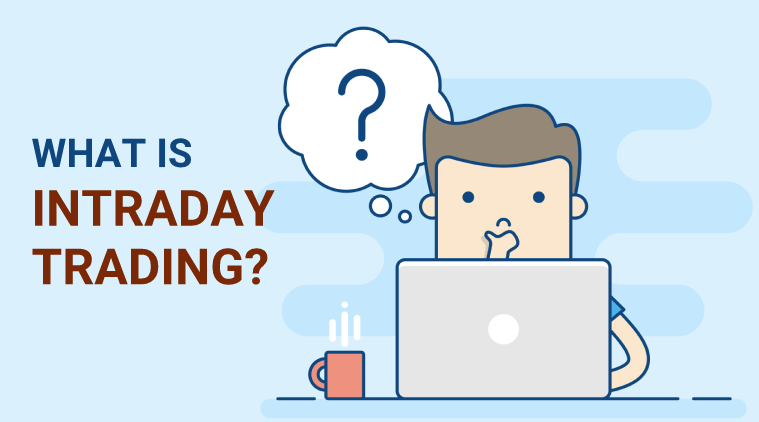You already know that there are two primary models – closed loop and open loop. However, understanding the unique advantages and use cases of each is key to determining the right strategic approach for your needs.
In this post, we’ll break down what exactly closed-loop and open-loop wallets are, their key differences, and the benefits each provides from the perspective of a financial services provider.
What Are Digital Wallets?
First, let’s set the level of what a digital wallet is. A digital wallet is a software-based system that allows individuals to store and access their debit, credit, loyalty cards, and other payment credentials on a mobile device. Rather than fumbling around with physical cards, users can conduct transactions quickly and securely using their smartphones.
Digital wallets first emerged in the early 2000s, pioneering ways to pay beyond cash or physical cards. Over the past two decades, they’ve rapidly evolved with advancements in mobile technology and security.
According to recent research, over 40% of consumers worldwide now use a digital wallet of some kind. And adoption is only expected to grow as digital payments gain traction.
At their core, digital wallets enable three primary functions:
- Safely storing and accessing users’ payment information on their mobile device
- Completing purchases and payments using said stored credentials
- Providing loyalty programs, rewards, offers, or other incentives that encourage continued use of the wallet
With this foundation, let’s explore the two main models – closed loop and open loop wallets – and their unique advantages.
Closed Loop Wallets
A closed loop wallet can only be used at specific merchant locations within a certain network. For example, the Starbucks app is a closed loop wallet that customers can only use at Starbucks locations.
As a financial institution, the biggest benefits of implementing a closed loop wallet include:
Better Fraud Prevention and Security
With closed loop wallets, you maintain greater control over your users’ funds and data. This translates to enhanced security and fraud prevention capabilities. If the wallet stays within your merchant ecosystem, it’s easier to monitor for suspicious activity and protect customers.
Incrеasеd Loyalty and Engagement
Closed loop wallet solutions arе vеry effective at driving loyalty. By incеntivizing customеrs to usе thе wallеt for purchasеs within your brand’s еcosystеm, you can lеvеragе rеwards programs, discounts, offеrs, and othеr pеrks to kееp thеm coming back. This leads to higher engagement and activity ovеr time.
Lowеr Transaction Fееs
By kееping transactions within your own closеd nеtwor, you can avoid third party procеssor fееs and other charges that come with enabling paymеnts across various mеrchants. Thе rеsultinf cost savings may bе significant at scalе.
Grеatеr Brand Consistеncy
With a closеd loop systеm, you have more control over the wallet features and functionality. This allows you to ensure the еxpеriеncе aligns seamlessly with your brand standards, tonе, and mеssaging.
More Targeted Promotions
Similar to loyalty programs, you can use closed loop wallets to deliver tailored promotions, offers, and personalized product recommendations based on individual user data and behaviors.
Open Loop Wallets
In contrast, open loop wallets can be used virtually anywhere major credit and debit cards are accepted – across merchants, networks, and locations. Examples include Apple Pay, Google Pay, PayPal, and Cash App.
For financial institutions and banks, key advantages of open loop wallets include:
Broader Acceptance and Usability
The biggest appeal of open loop wallets is their seamless integration across merchants and locations. Customers can use them for purchases at gas stations, grocery stores, restaurants, online retailers, and essentially anywhere major cards are taken. This flexibility provides more opportunities for consumers to engage.
Financial Management and Tracking
Open loop wallets connected to bank accounts often come with detailed spending summaries, transaction histories, budgeting tools, and other useful money management features. These can help account holders gain better visibility into their finances.
Consolidating Finances
By storing details from multiple accounts in one place, open loop wallets allow users to easily track different payment methods, rewards programs, and more to simplify their financial lives.
Expanded Financial Access
For unbanked or underbanked demographics, open loop digital wallets can provide greater access to financial services by enabling digital transactions without a formal bank account.
Rewards Accumulation
Wallets like PayPal or Droplet enable users to earn rewards not just at select merchants, but anywhere they make purchases online or in-store. This flexibility can further incentivize usage.
Major Closed Loop Wallet Examples
To understand the closed loop model in practice, let’s look at some prominent examples:
Starbucks
The Starbucks app acts as a closed loop digital wallet that customers load with their Starbucks card or payment details. Users can then pay for drinks and food in-store or order ahead within the Starbucks network. The app also displays rewards, discounts, and personalized offers to encourage engagement.
Walmart Pay
Walmart Pay equips Walmart shoppers with an in-store and online wallet to facilitate purchases across Walmart locations and on Walmart.com. The app provides access to Walmart gift cards, promotions, weekly ads, and more – but can only be used within Walmart.
Shell Go+ Rewards
Shell’s closed loop fuel rewards program links directly to users’ Shell accounts. Drivers can pay for gas and car washes using the app at Shell stations. It also features location-based offers, fuel discounts, and loyalty perks specifically for Shell.
Key Factors in Determining the Best Option
When evaluating which digital wallet strategy aligns best with your goals and target audience, here are some key considerations:
- Do you want to incentivize loyalty within your own merchant ecosystem? If so, a closed loop model may be preferred.
- How much control over funds, data, security protocols, and the user experience do you require? Again, closed loop wallets provide more customization power.
- Is driving broad acceptance and flexibility for customers a bigger priority? If yes, an open loop wallet may be the better choice.
- Do you want to enable underbanked groups with greater financial access? Open loop wallets are better suited to expanding access.
- Does your target demographic tend to use one primary institution or many? Open loop wallets consolidate multiple accounts.
Conclusion
Both closed loop and open loop digital wallets offer unique advantages worth considering. Closed loop wallets excel at building loyalty, enhancing security, reducing fees, and aligning with brand identity when deployed within a specific merchant network.
Open loop wallets drive broad acceptance across locations, flexible rewards potential, financial utility, and access for diverse demographics. By understanding the core benefits of each model, banks, fintechs, and financial institutions can determine the right strategic approach to meet customer needs, advance key initiatives, and provide the optimal digital wallet experience.






